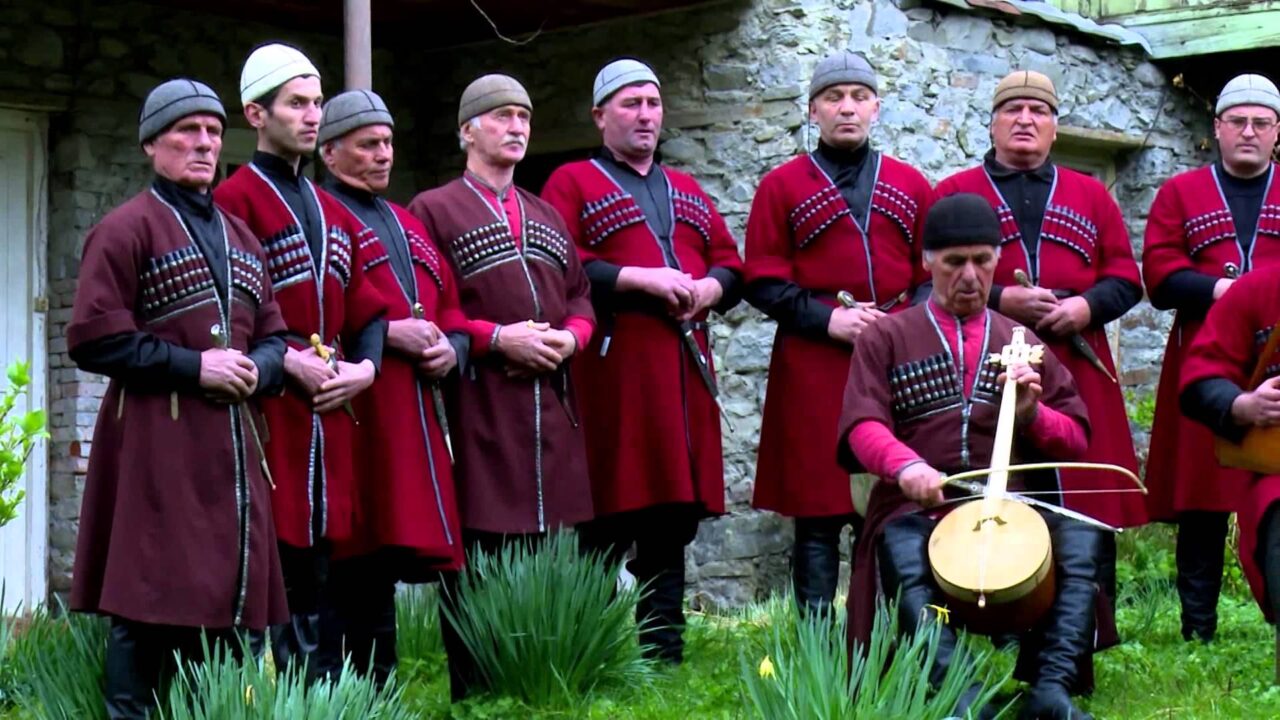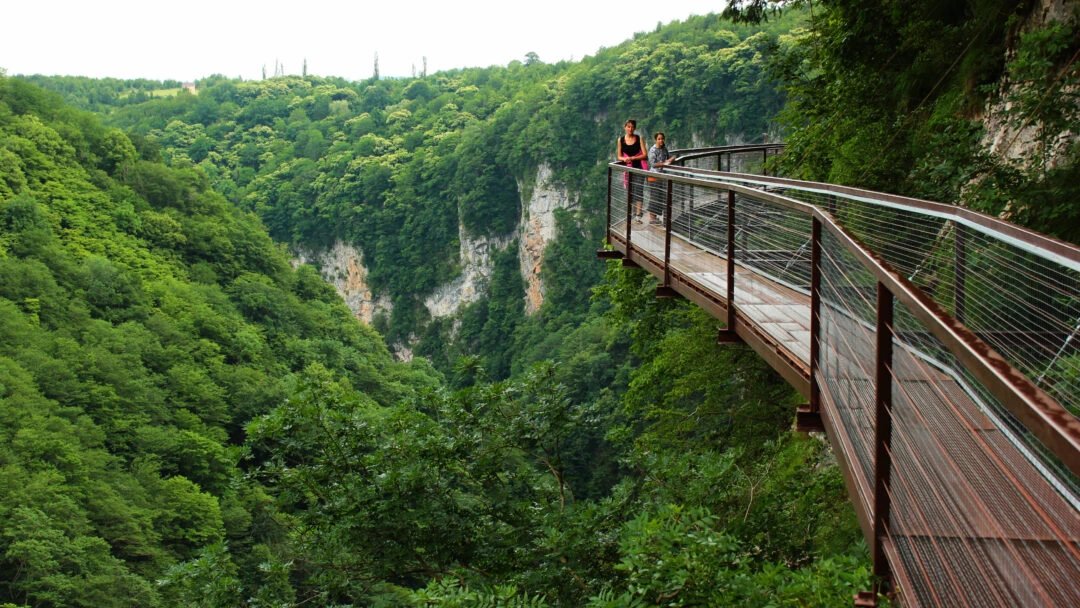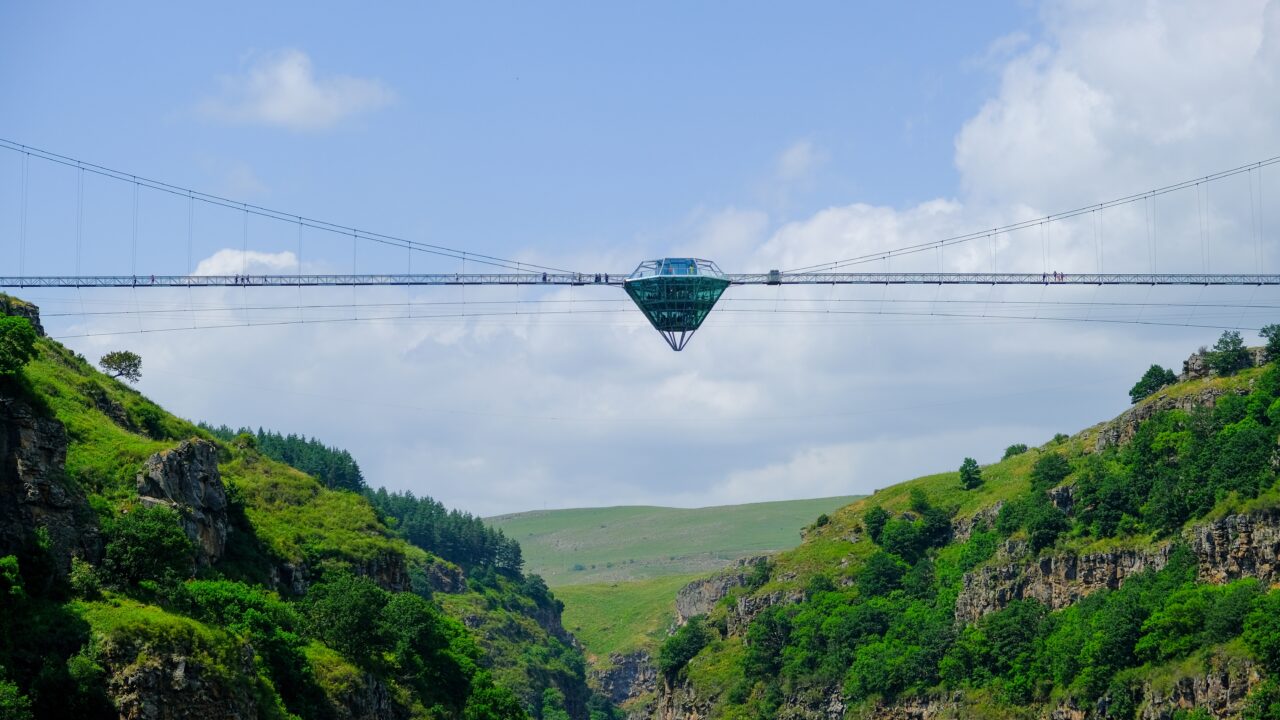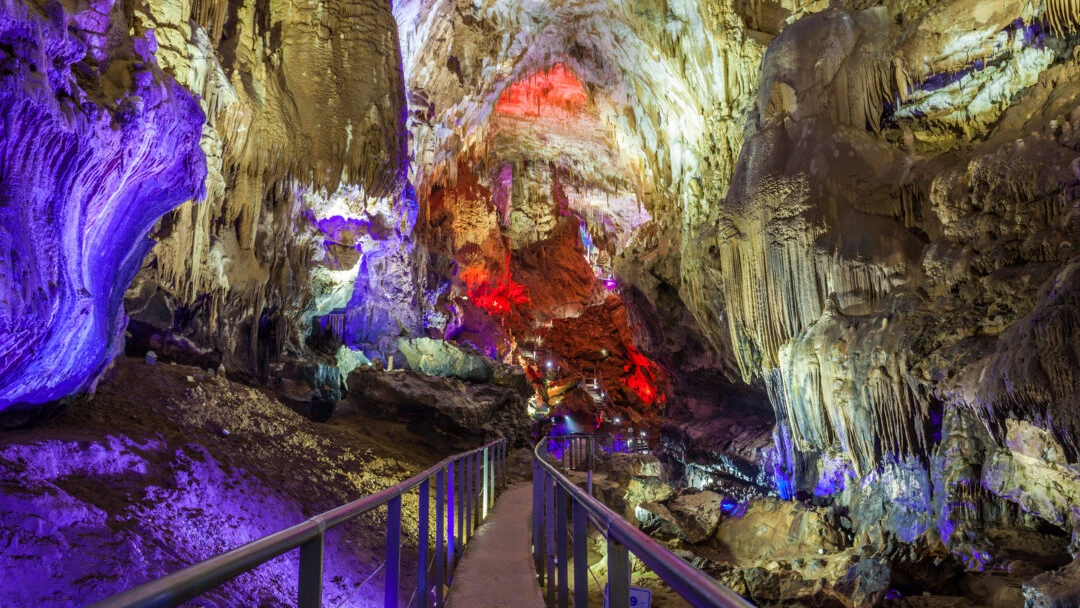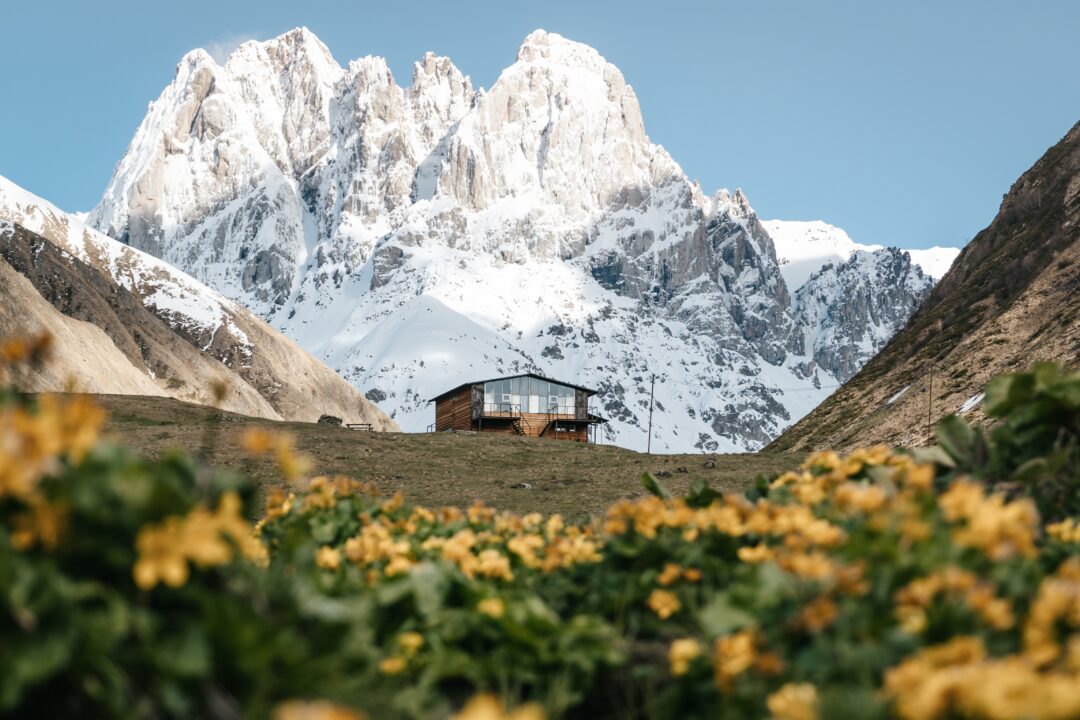Top 10 Georgian Songs that are stunningly beautiful
Every Georgian holds pride in traditional songs and musical culture. Georgian polyphony is a priceless tradition listed by UNESCO’s Intangible Cultural Heritage of Humanity.
A typical Georgian song is sung acappella by men, singing in three vocal ranges together. The song Chakrulo is the best example of Georgian polyphony. It was fired into space with the Voyager Space Shuttle that was launched in 1977, together with other artifacts of Earth’s varied cultural heritages.
Polyphonic singing has always had a natural place in Georgian society, at celebrations as well as in everyday life, and continues to be an inseparable part of Georgian culture. However, urban songs originated in Tbilisi in 19th and 20th centuries have much to offer as well.
1. Mravaljamier – “Forever More”
Mravaljamier means “Forever More” in Georgian. The song is sung during celebrations in Georgian supras (feasts), churches, or festivals. Mravaljamier is the first song that you will hear on TV on January 1st as the new year arrives. At least three voices are needed to sing it properly. The author of Mravaljamier is has been lost to time as it is a very old song, passed from generation to generation. Mravaljamier is about being happy as destiny gives us the opportunity to enjoy life. Its emphasis is on the virtue of being kind as it able to defeat evry kind of evil.
2. Shen Khar Venakhi – “You are A Vineyard”
This hymn was written by King Demetre I of Georgia, who lived from 1097-1156 CE. The song is a great example of medieval polyphonic music. King Demetre wrote the lyrics when he was consecrated as a monk in Davit Gareja Monastry. The song is dedicated to Jesus’s mother, Mary.
Thou art a vineyard newly blossomed
Kind and obedient, planted in Eden’s garden
You have the scent of Paradise
Blessed by God, there is no one better than you
You are the sun shining bright
3. Tsintskaro – “At The Spring Water”
Tsintskaro is translated as “At the Spring Water”. It is a choral song originated in the Eastern Georgia in Kakheti. It is sung by male vocalists and it’s lyrics are about a man who saw a girl at natural spring. The protagonist of the story tries to talk to the girl, but she refuses to answer and stands back. In the ‘70’s the song was featured in Werner Herzog’s Nosferatu during the “Last Supper” and appeared in Kate Bush’s Hounds of Love album in mid-80’s.
4. Iavnana – Lullaby
Lullabies are a common genre found in Georgian folk polyphony. There are more than 60 different versions historically sung directly to children. Lullabies were also considered healing songs for sick children, however, some Iavnana stories can be didactic and heroic.
The name of the genre comes from its refrain which contains the vocable Nana, purportedly derived from the name of a pagan mother goddess. Nana is also translated as “Mother” in the Megrelian dialect (Western region of Georgia). Some versions, e.g. Iavnana Vardo Nana, combine the names of two flowers, violet (ia) and rose (vardi), which is frequently featured in Georgian folklore and classical literature. They are commonly associated with femininity and masculinity respectively.
5. Shemokmedura
Often referred to as a pearl of Georgian polyphonic folk singing, Shemokmedura was traditionally sung after a long day working in the fields. Neighbors helping each other in tilling or harvesting have been a common practice in Georgian villages. Thier work is rewarded, at the end of the day, with a Georgian supra and traditional songs. Shemokmedura is one of the first songs usually sung and definitely helps in putting away the day’s tiredness to enjoy the evening with friends.
6. Krimanchuli
Krimanchuli is a kind of yodeling from western Georgia. It is more a technique than a song an can be translated as “Twisted Highest Voice”. It is believed that centuries ago children used to sing Krimanchuli to frighten evil creatures of forests. Nowadays, Krimanchuli is usually performed by men. Natives refer to this technique as Georgian Jazz.
7. Tbiliso
The music written by famous Georgian composer Revaz Laghidze about the capital city, Tbilisi, was very popular in the Soviet Union during the seventies and eighties. Its lyrics, written by Petre Gruzinski, have been translated into many different languages.
8. Kviteli Potlebi – Yellow Leaves
This piece of music is an excellent mix of many different feelings: enjoyment, sadness, regret and happiness; in only 3 minutes. World-wide famous composer Gia Kancheli manages to evoke memories and hopes through slow, small scraps of minor-mode melody against long, subdued, anguished stringed discords.
Gia Kancheli was born in 1935 in Georgia and became popular for his work in theatre and cinematography from which he draws much of his musical composition. If you are lucky you may have an opportunity to attend a Kancheli concert in Tbilisi, which is a rare occasion.
9. Lazuri
This music is a modernized version of a folk dance music coming from Western Georgia. Its music and dance have been popularized by the Sukhishvili Georgian National Ballet. You can clearly hear motifs that are more common in Muslim cultures and the Persian influences are obvious. This song is a very good example of cultural intersection withing Georgia.
10. Shemodgomis Kvavilebs – Autumn Flowers
Famous Georgian composer Bidzina Kvernadze (1928-2010) dedicated this song to his wife. It first appeared in the theatre, but soon became a soundtrack to a movie Data Tutashkhia, which is based on the novel by Nobel Prize in Literature Nominee – Chabua Amirejibi. This beautiful soundtrack is performed by notable Georgian singer Nani Bregvadze.
We created Memo — a brand where Georgian memories come to life.
Visit Memo By GSH and take a piece of Georgia with you – Www.memories.ge

